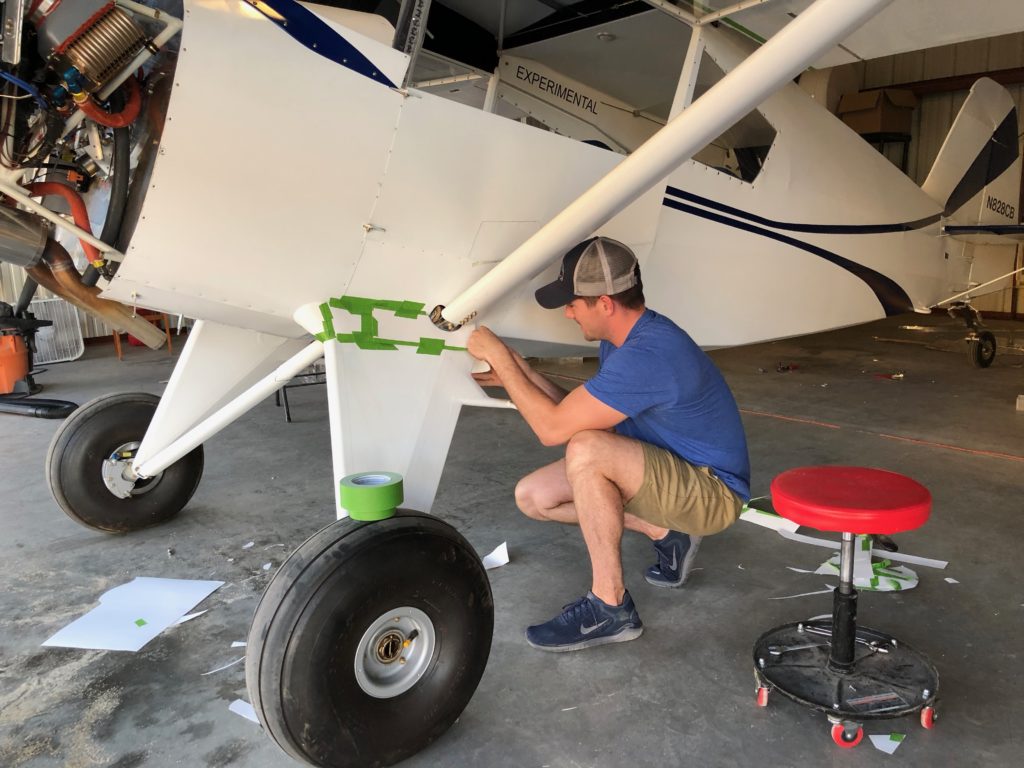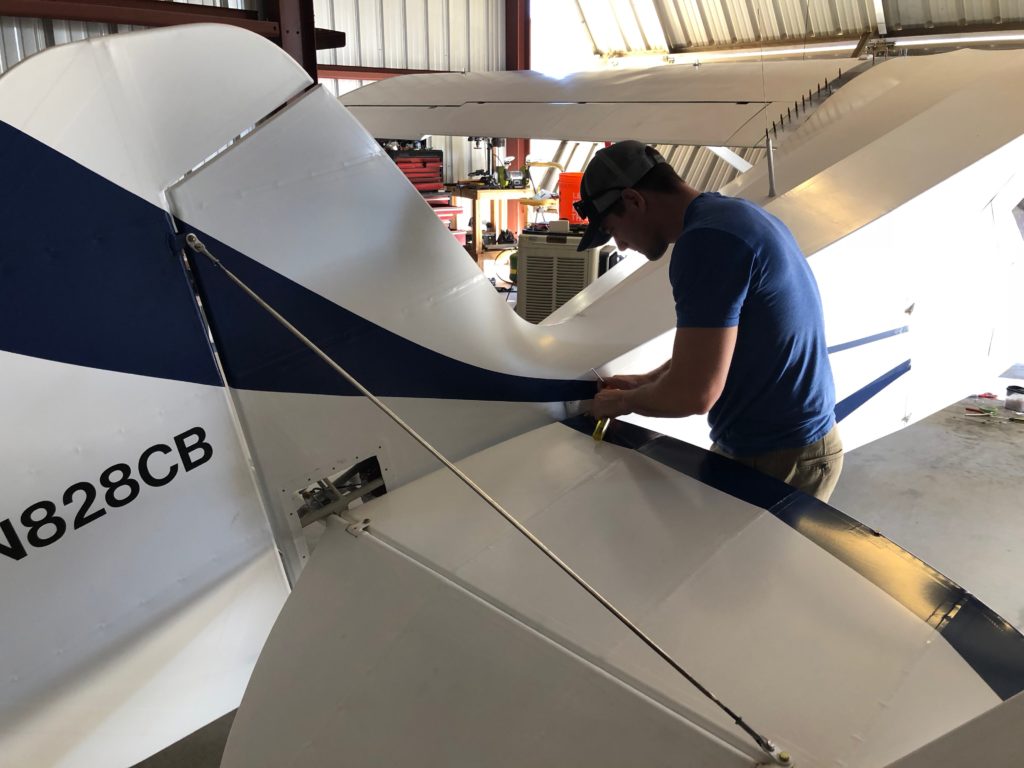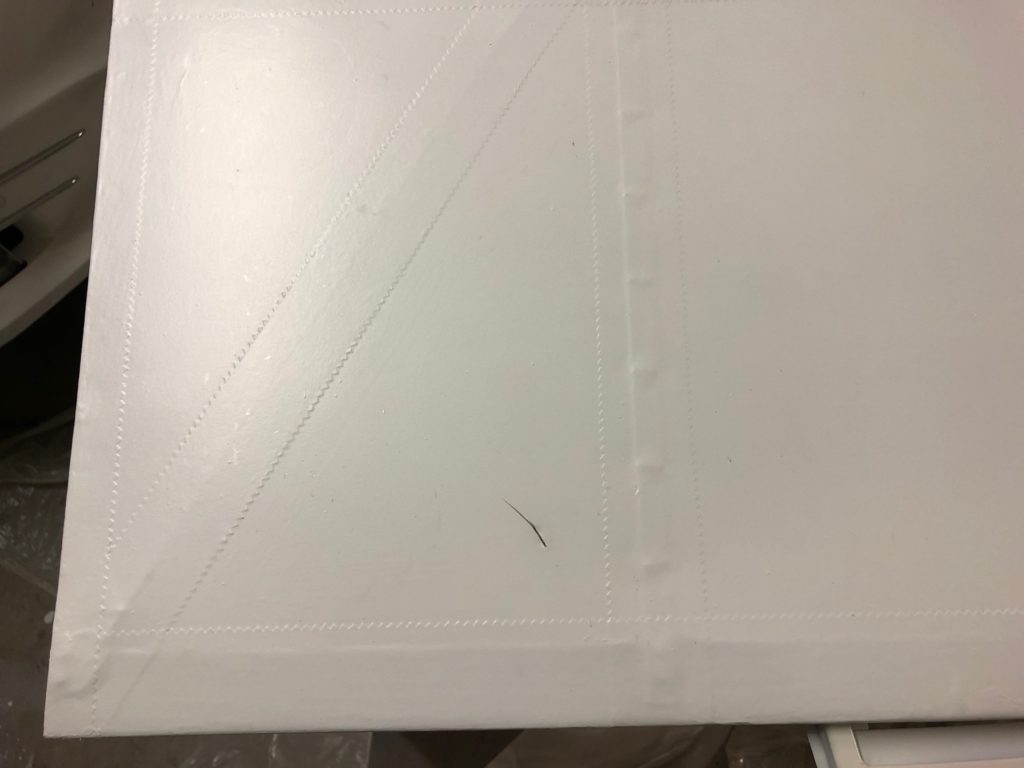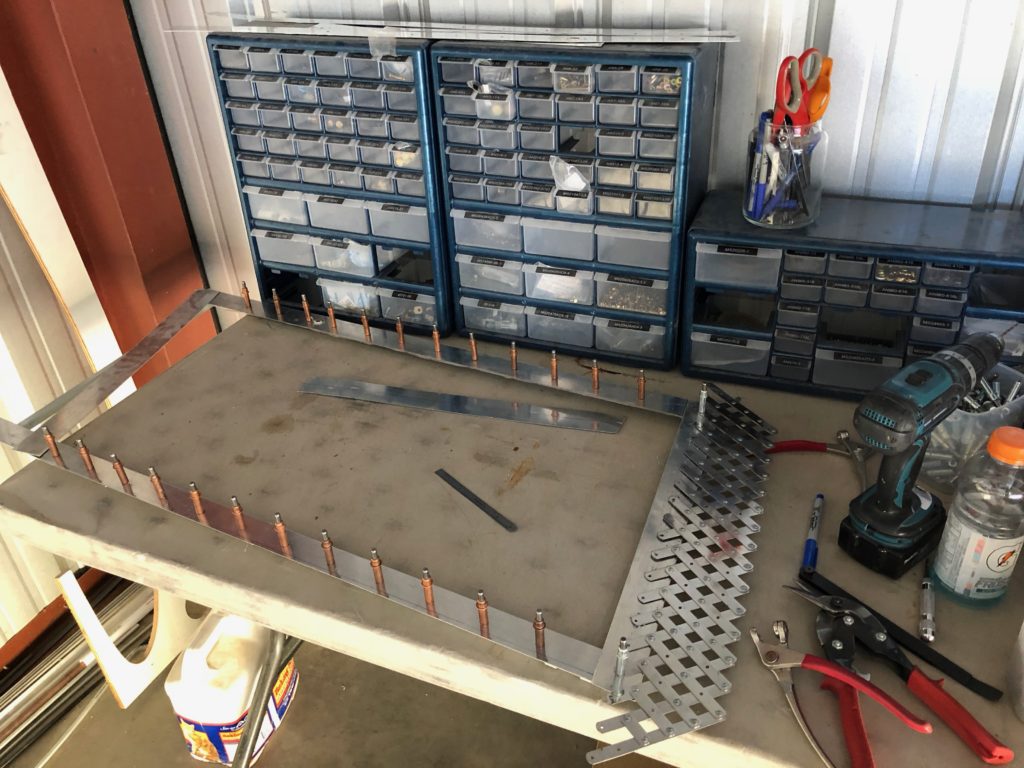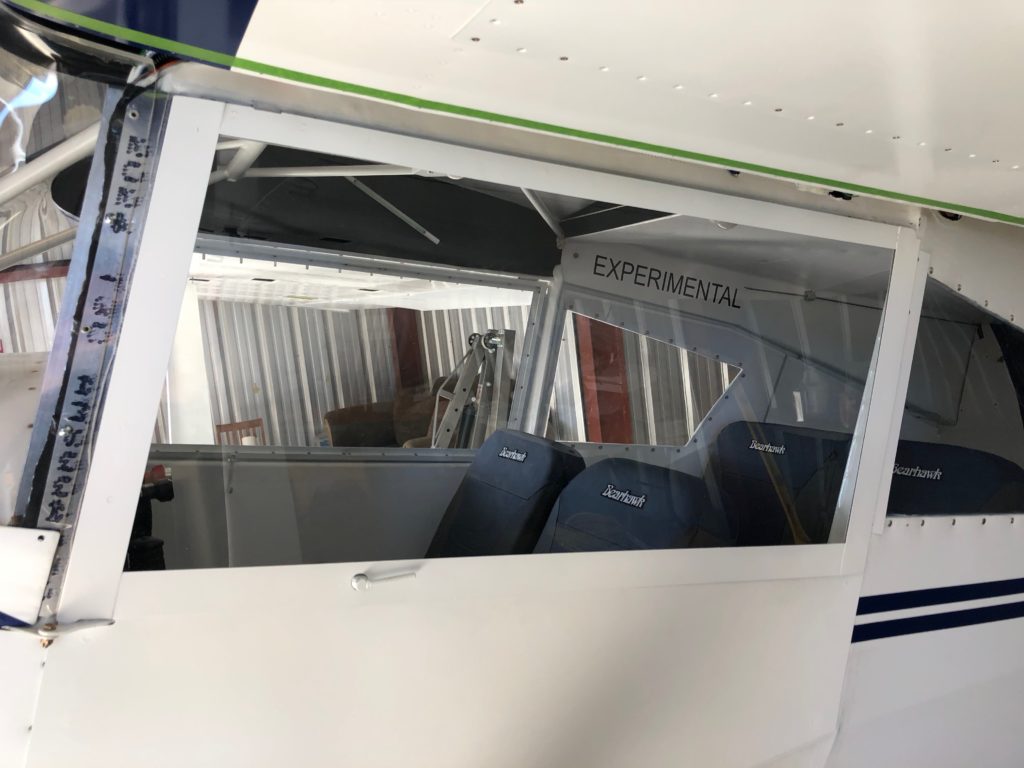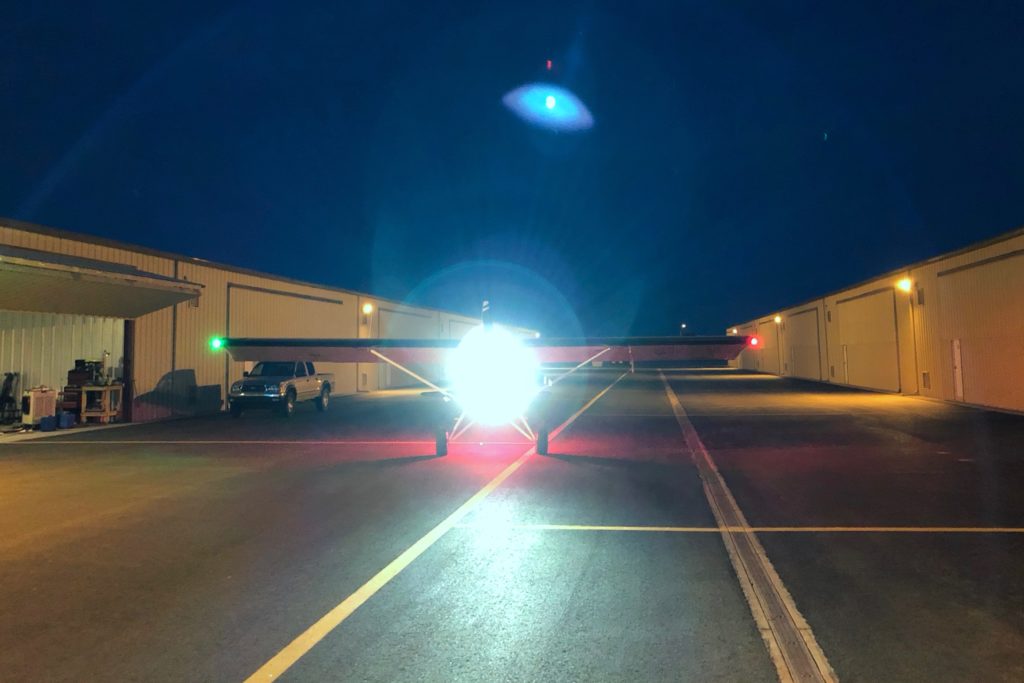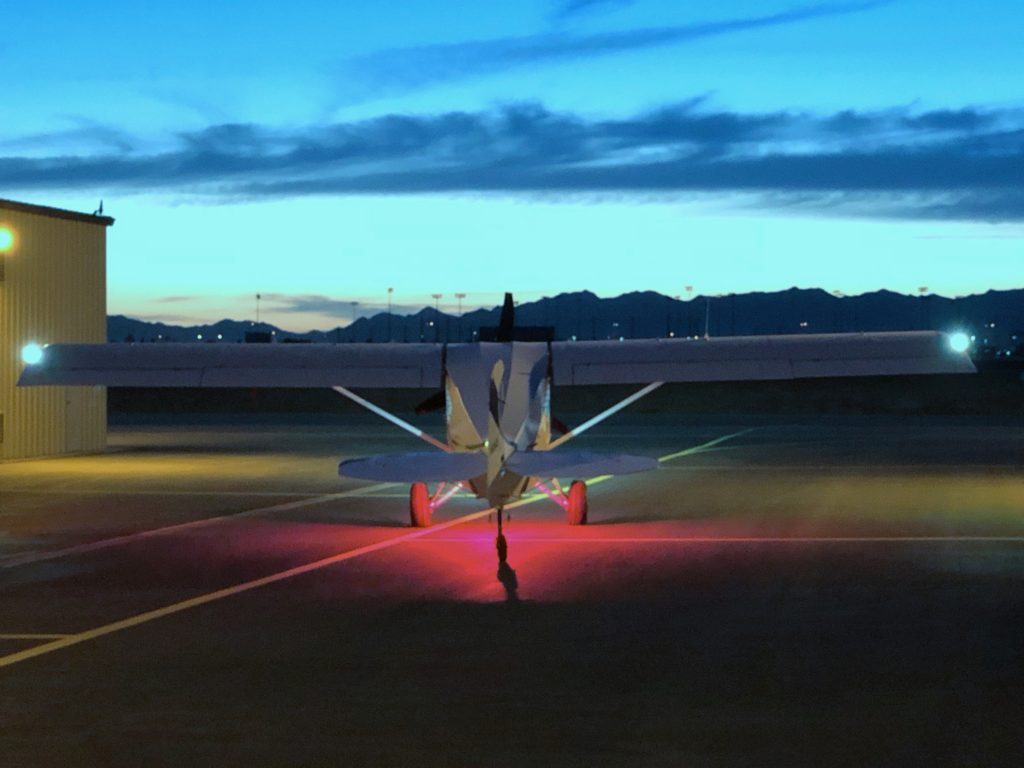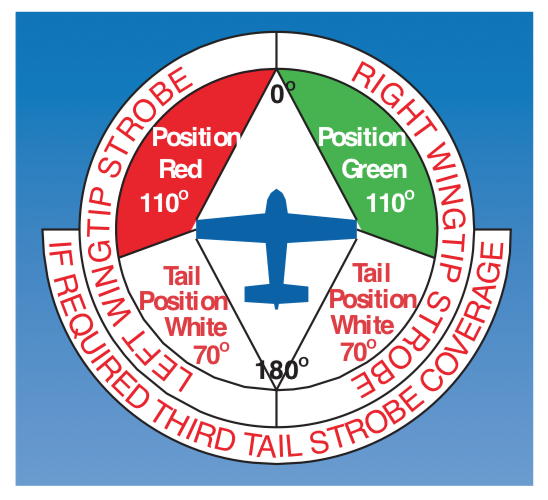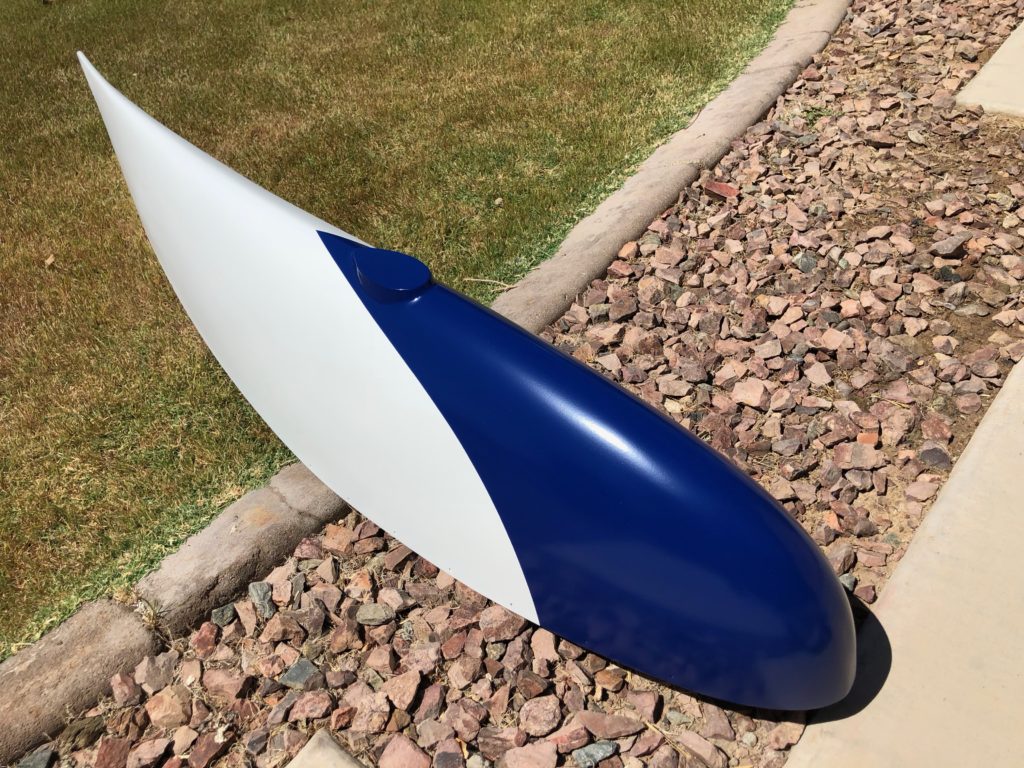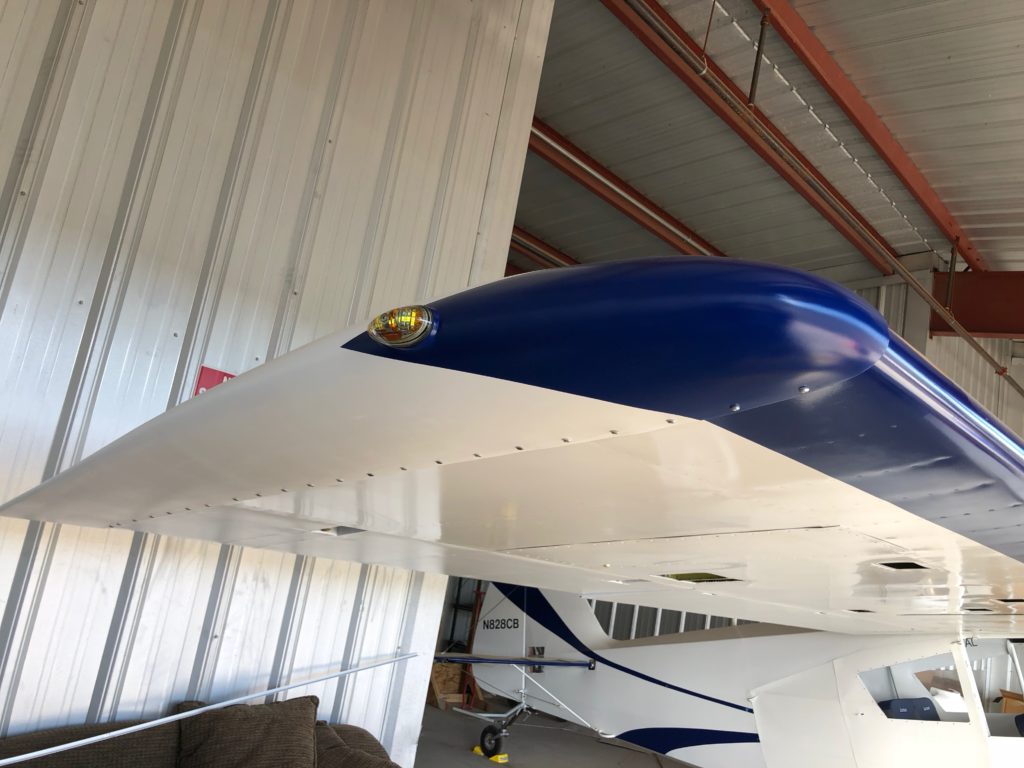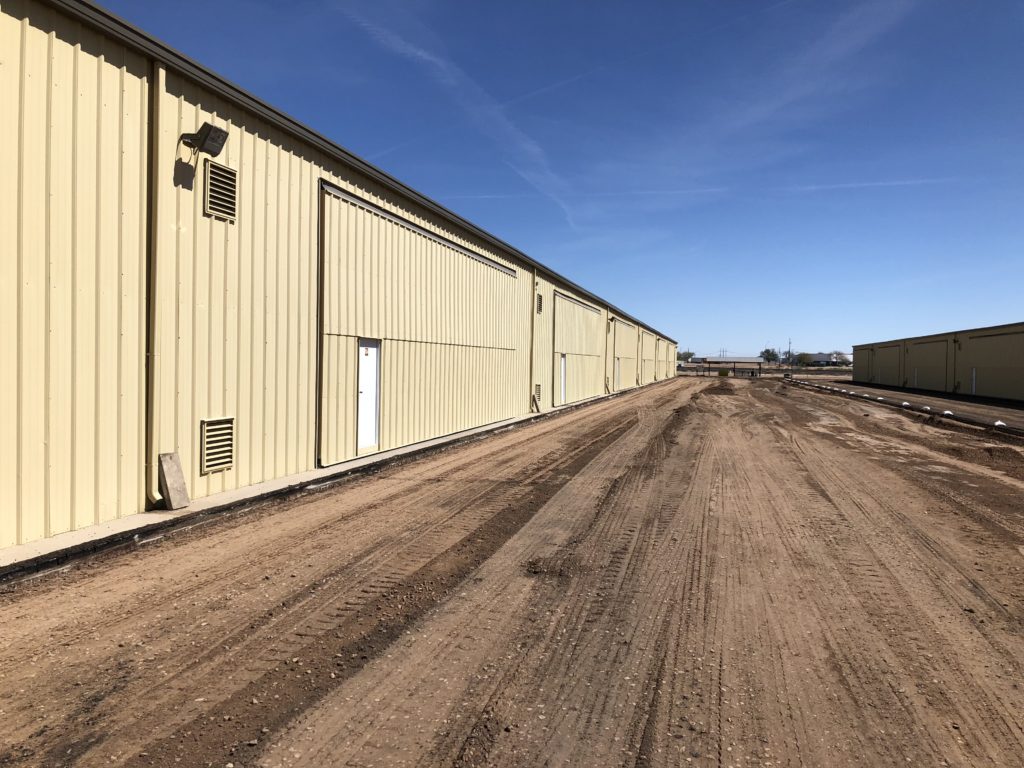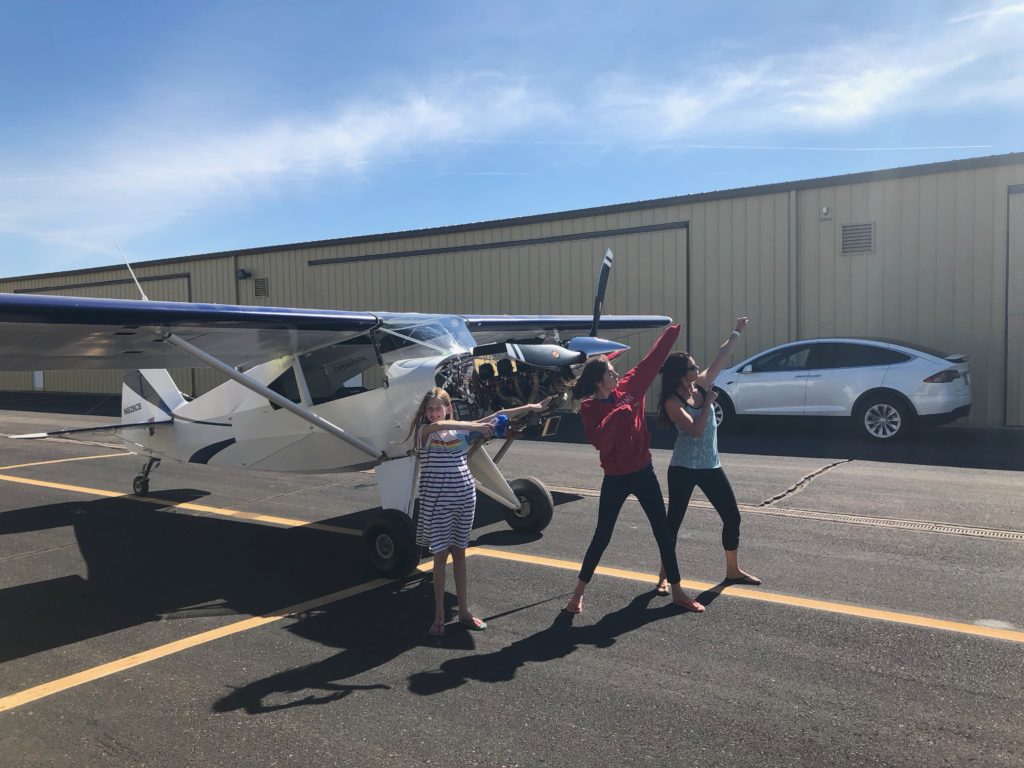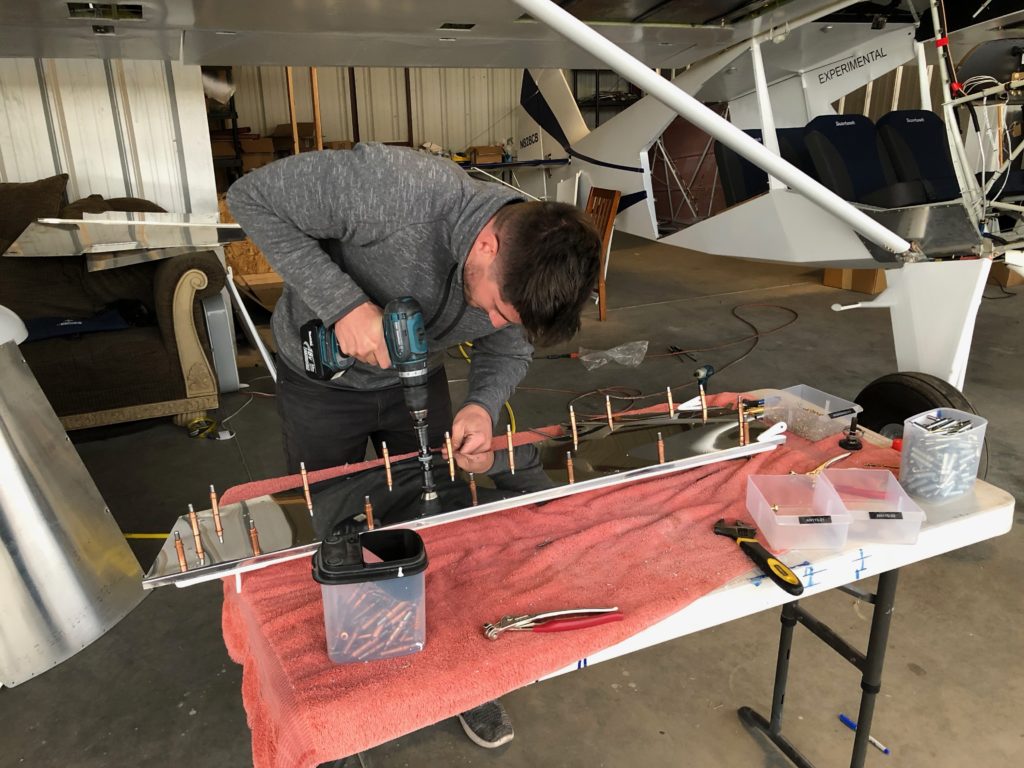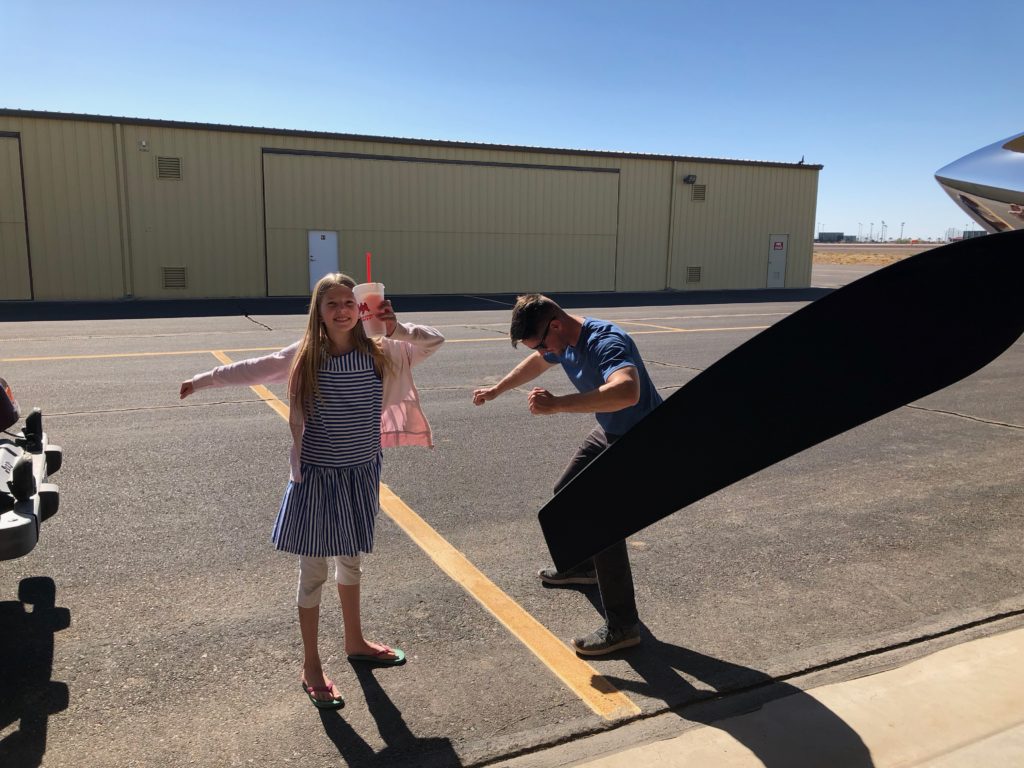Timmy drove over to help again. Wow these landing gear fairings used all of our arts and crafts skills!! Made us feel kinda stupid. It was very hard to get that leading edge to wrap at just the right angle.
Wing and tail root fairings
It’s a funny thing. These look relatively simple and I thought they wouldn’t take much time. However, I was very wrong. It took me early 2 days to get these to fit the way I liked.
I used poster board to create a template for the leading and trailing edges. My lovely wife Cati helped me tape everything together.
Timmy worked on the tail fairings.
Flap repair
My brother Timmy came out to help again. He’s great help but a little hard on things! When we were trying to fit the window frames he accidentally put a tear in the flap with the freshly cut aluminum of the door frame.
I masked off the area.
I used MEK to take down the layers all the way down to the fabric. The tear wasn’t really all that bad.
I got task saturated and forgot to take more pictures. But I used PolyTac to apply a patch, then brushed on a few layers of PolyBrush. Then I sprayed several layers of PolySpray and sanded. Then the final coat of PolyTone. The patch is barely visible now.
Windows
Nav lights
I purchased the 3 in 1 Aveo nav lights. They have a the wing position light (green or red), white rear position light and a strobe.
Per FAR 23.1389 the requirement to not have a white light on the tail is that from 70 to 180 degrees you must be able to see the white light. From directly behind you can see both white lights. So I’m good to go!
Wing tips
Fiberglass time for the wing tip lights and trailing edge extensions. Fiberglass is relatively easy, but requires so many steps to make it look nice.
After fiberglassing the light mounts and extensions I started the process of spraying Smooth Prime then sanding. I repeated that process 3 or 4 times. After the final coat I remanded with 400 grit sand paper I epoxy primed then sprayed white poly tone.
I masked for the blue pant and sprayed away.
The lines turned out nice and crisp,
There’s the final product. Turned out great!
Major Setback
We were making such tremendous progress on the plane and the weather was still great! Until….. The airport decided they needed to tear up all the asphalt and put down new asphalt.
During this time they did not allow anyone access to their hangar at all. One guy did try to access his hangar and they threatened prosecution.
So, I was completely unable to access my airplane for a solid month. Not only was I losing time working on my plane, but the worst part was that this was the last month of nice weather before the brutal summer.
More aluminum painting
Skinning the doors & some MVP excitement!
Timmy came back out from California to help me skin the doors. We decided to do flush rivets on the doors. This meant carefully countersinking the holes. Usually you’d want to dimple .025″ aluminum, but since this isn’t structural the builders manual said it’s perfectly acceptable to do it this way.
Turned out great by the way!
Tori and Timmy, my two best helpers did a little dance to show how excited they are that the plane is coming along so well!
First Engine Run!!!!
After getting everything secured we decided it was high time to start the engine for the first time.
We followed Bob’s startup and break-in procedure very carefully. We removed the bottom spark plugs, cranked the engine until we saw oil pressure. Then reinstalled the spark plugs and started it up. We let it idle for 3 minutes at 1200 – 1400 RPM. After shut down we found one small leak by the prop governor. I hand’t tightened one of the bolts all the way. Tightening that bolt fixed the leak.
Here’s a video of the first engine run: First Engine Run
